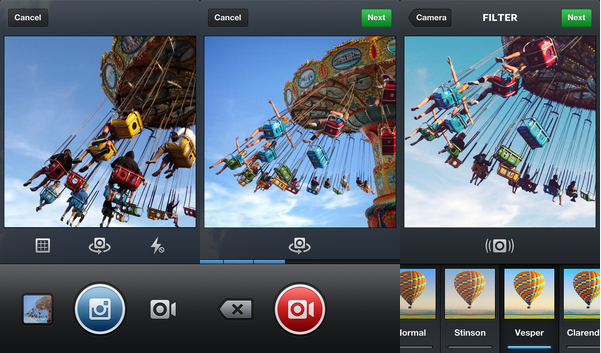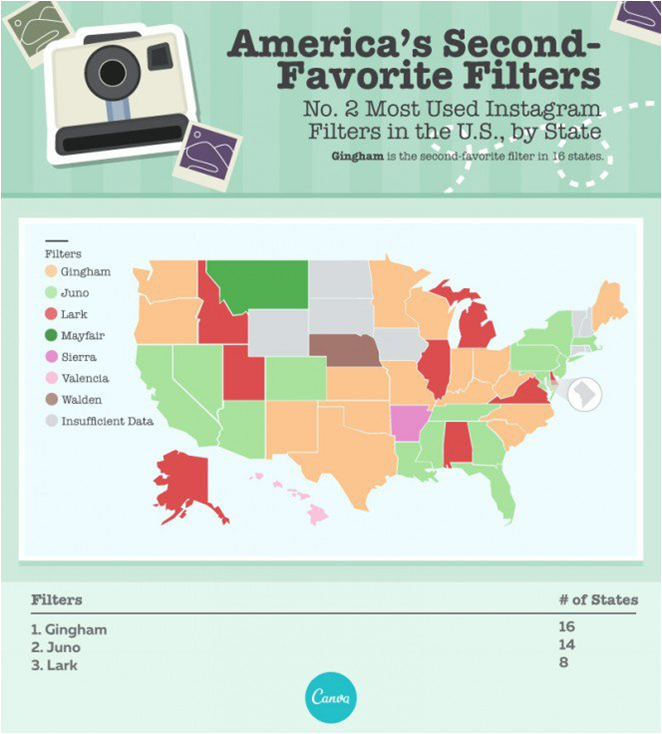Instagram advertising has officially surpassed Twitter ads, according to a recent report from MarketingLand, and it’s a reminder that the golden age of Instagram for selfies and #TBT is still here. And it’s time for your brand to get on board.
For the old-school marketers who doubt the power of this visual social network (we hear you naysayers asking: “where’s the ROI?”, “why can’t we include links?” and “what is this DOING for my brand?”), we’re here with tips for winning an Insta-marketing strategy.
BUT FIRST, THE BASICS:
Instagram was founded by Kevin Systrom and Mike Krieger in 2010. In 2012, the app was acquired by Facebook for $1 billion. Today, it’s a community more than 300 million users strong.
Instagram’s concept is simple, which could be part of its appeal. Users upload photos or videos (capped at 15 seconds), edit them using Instagram’s filtering options, and post them to a feed. In some aspects, it can be considered a “photo diary” or the visual version of Twitter.
In the six years that Instagram has been around, it’s consistently taken home the prize for the most engaged social community. According to a Forrester Research study from 2014, Instagram blew its competition out of the water when it came to engagement. Twitter came in at a 0.3 percent interaction rate per follower, and Facebook was a little bit better at 0.7 percent. Instagram took the top spot by a huge margin with 4.21 percent.
THE LOGISTICS: WHEN TO POST AND HOW TO FILTER
There have been a lot of studies about the best day and time to post on Instagram. Here are a few times that get results:
- 5 p.m. on Wednesdays (study: Latergramme)
- Mondays (study: TrackMaven)
- 9 p.m. for videos (study: CoSchedule)
The most popular filter across the globe? Clarendon. But, for those of us in the U.S., the second-most popular filter actually varies by state. (Notes: In two of Brafton’s three home-base states, the most popular filter is Juno. It appears Montana is paving its own way as the lone Mayfair state.)
INSTA-ADS: THE OPTIONS
Instagram ads were first piloted back in 2013 with Levi’s and Ben & Jerrys. According to Instagram’s first case study with Levi’s, the brand’s pictures reached 7.4 million members of its target audience (American consumers between 18 and 34). The brand also saw ad recall triple, as 24 percent of users who saw the Levi’s posts of people in front of striking scenery remembered they came from the company. 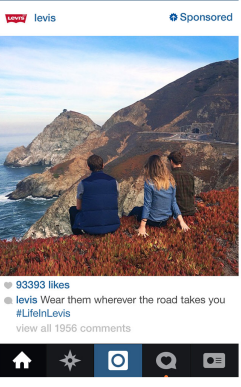 Instagram’s ads are run directly through Facebook, where users have the option to choose an objective, and determine the ad’s target audience and budget.
Instagram’s ads are run directly through Facebook, where users have the option to choose an objective, and determine the ad’s target audience and budget.
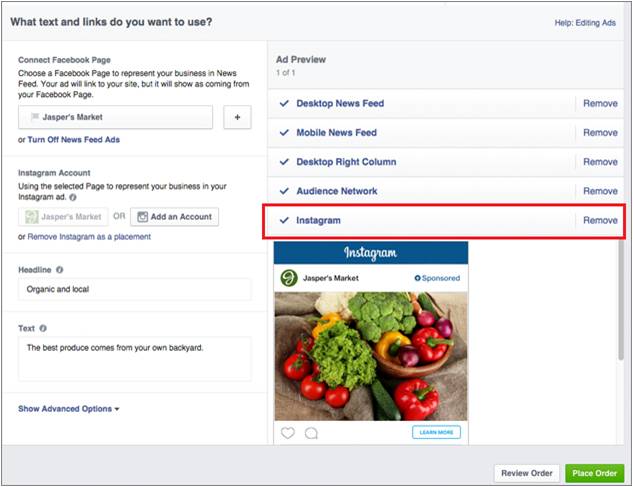
If you’re wondering if Instagram ads actually work, here are five real-life examples of their success.
THE BRANDS THAT “GET IT”
The brands on Instagram with the biggest fan bases? Burberry, Cartier, Louis Vuitton and Chloe have a combined follower count that exceeds 20 million users.
We can’t all be fashion moguls, but we can look at the similarities in these successful fashion brands and incorporate them into our strategies (even if the software you’re selling isn’t nearly as exciting as Cartier’s diamond-encrusted watches).
On any given day, about 80 million photos and videos are posted to Instagram. That’s a lot of competition to get your image to stand out from the crowd, but there are certain strategic plays you can use to get your photos to perform well.
AN IMAGE STRATEGY
Create themes for your content.
Do you want to showcase photos of your employees like Emma Email?
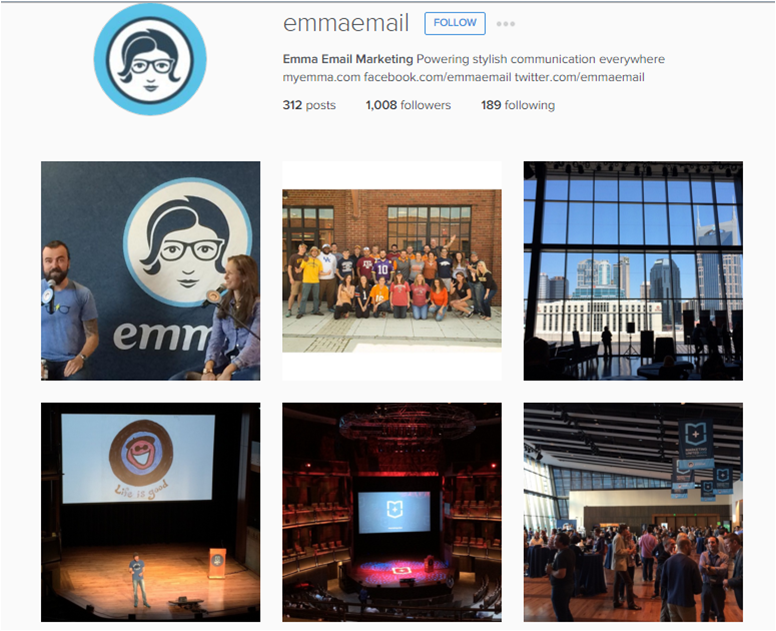
Or, perhaps you want to create abstract images of your products, like Moo?
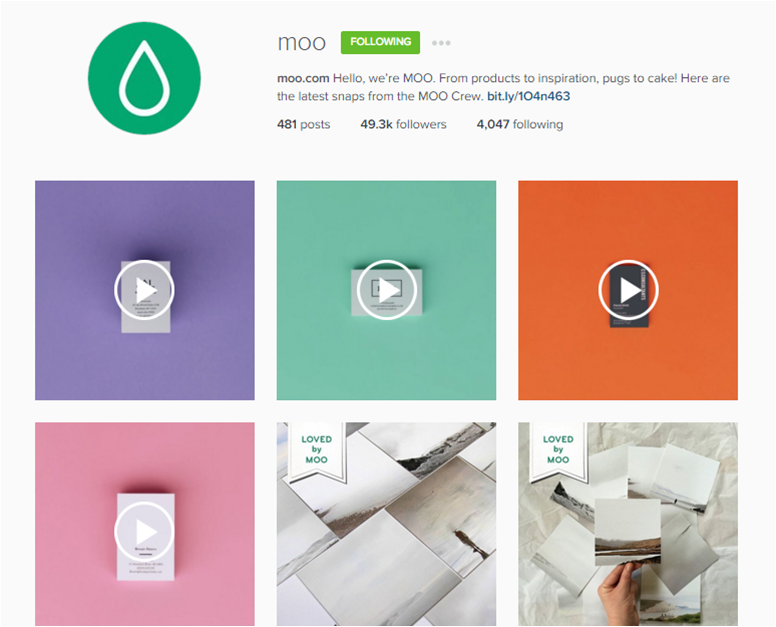
Or you could incorporate a mix of who you are and what you do, like UPS:
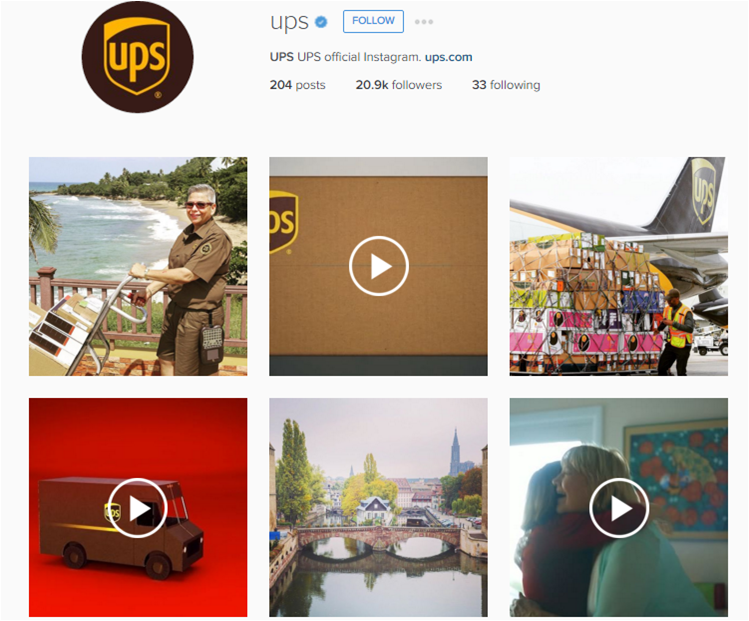
The main point is: Decide the intent of your Instagram presence and the overall aesthetic you want to display. If you’re recruiting, a behind-the-scenes look at your company could be the best strategy. Or, you could using Instagram as a way to garner leads, by focusing on your products in a unique way.
AN #ENGAGEMENT STRATEGY
Hashtags are crucial for Instagram because they expand your post’s reach.
- Find your hashtag sweet spot. The majority of posts have five hashtags, according to a study from Max Wolf.
- The maximum number of hashtags you can include in a comment or caption is 30. (30 hashtags appears spammy, and at Brafton, we recommend not pushing the limit.)
- Spaces and special characters (@$%*) won’t work in hashtags.
- Use hashtags that people might actually search for and stay consistent. For example, if you create a new hashtag for every company party you have, they will each become obsolete when the event is over . Instead, have one overarching hashtag for all your events, so your Instagram account is constantly being refreshed with new content.
Other ways to engage your audience? Consider:
- Contests
- Promotions
- Instagram “takeovers”
- “Caption this” images
A FOLLOWER STRATEGY
A good social media marketer will always be looking to build a stronger community, and a follower strategy is a great way to start.
Sprout Social does a great job of explaining the importance of a follower strategy: “Following influencers in your industry—for example, if you are a clothing retailer, following top fashion bloggers—will help you keep an eye on interesting content and even find inspiration for your own posts.”
We suggest: Take a look at other brands your fans might like (for example: If you’re an airline, check out some boutique travel agencies or popular travel bloggers.) Go to those brands’ pages and follow some of their fans.
New follower pushes should be done often and organically. Devoting 20 minutes every week to following 25-50 new, qualified audience members can be the ticket to garnering more engagement and fans.
AN ADVERTISING STRATEGY
Once you have a steady flow of content being posted to Instagram, with good engagement and a solid follower-base, consider Instagram advertising.
Paid promotion from the get-go might not be your best bet. If a person sees your company’s ad and clicks on it without knowing who you are, they might get a bad impression of your brand if your account only has two images and 10 followers.
When deciding on what images to use for advertising purposes, consider advice straight from Instagram:
- Make sure your images are on-brand and high quality.
- Drive home a story or concept with your image.
- Follow the 20 percent rule. This means only 20 percent of pixels or less can be devoted to text.
- A picture is worth 1,000 words, but your caption says a lot. Don’t throw away these words. Make sure a copywriter is on board to create a message that will resonate with your target audience.
